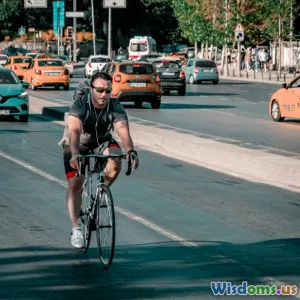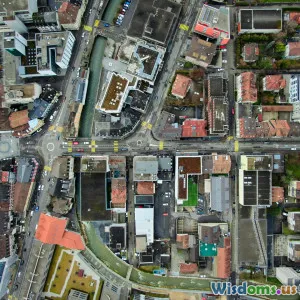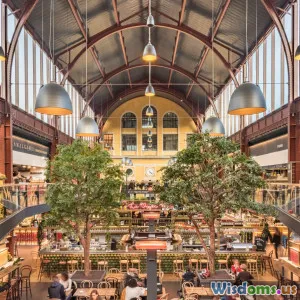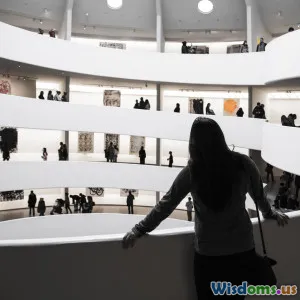
What Modern Museums Teach Us About Accessibility Design
15 min read Explore how modern museums set new standards in accessibility design for inclusive visitor experiences. (0 Reviews)
What Modern Museums Teach Us About Accessibility Design
The world’s great museums serve as guardians of culture and creativity, showcasing humanity’s achievements to millions worldwide. Yet in recent years, museums are not only celebrating inclusivity through their collections—they’re revolutionizing how we experience art and history by leading the way in accessibility design. Their evolving approaches teach us crucial lessons about building environments, digital spaces, and experiences where everyone feels welcome. From tactile exhibitions to digital guides, modern museums reveal actionable strategies that inspire accessible design well beyond their own walls.
The Shift Towards Universal Access
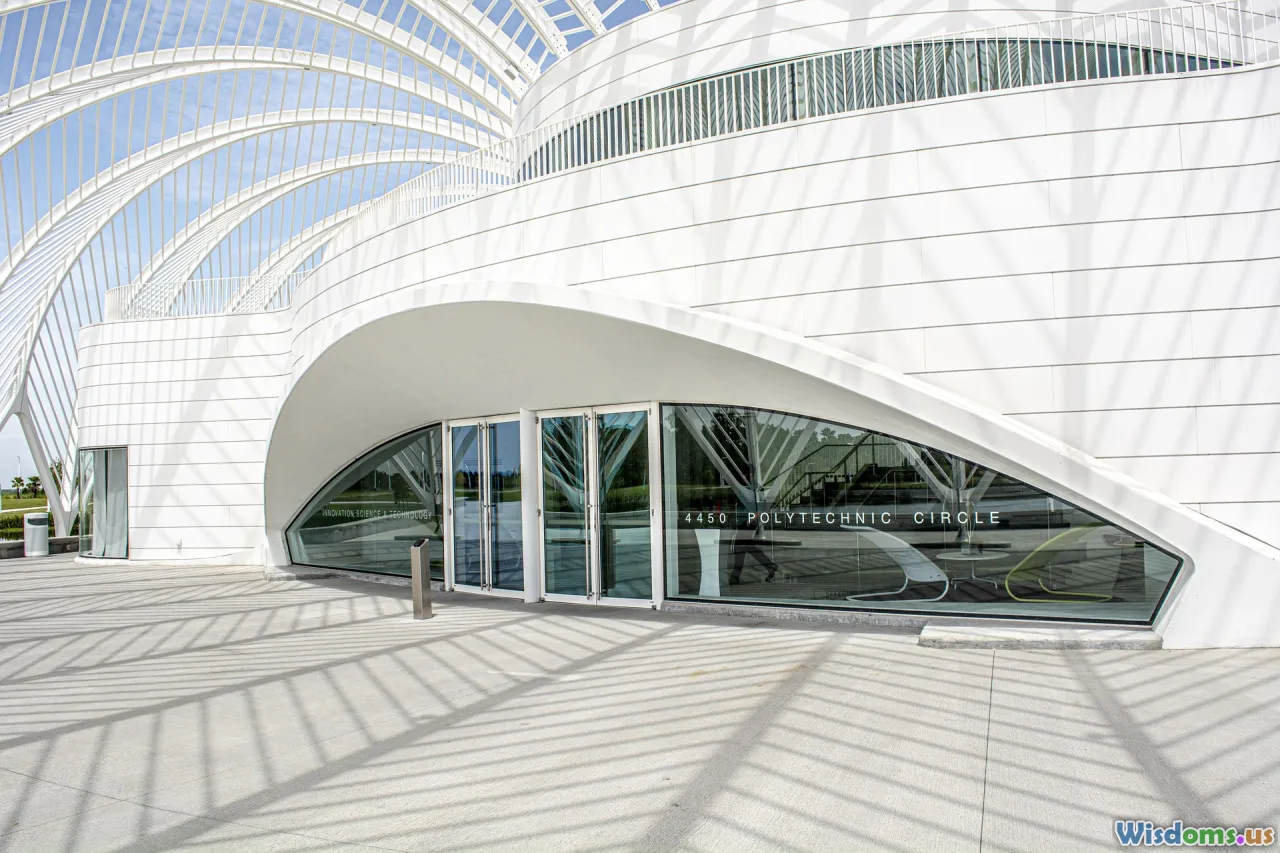
For decades, museum visits were often shaped by barriers—literal steps, heavy doors, and restrictive policies—limiting access for people with disabilities. Today, modern museums proactively pursue universal access, striving to go beyond legal obligations such as the Americans with Disabilities Act (ADA) in the United States or the Equality Act in the UK. This shift is rooted in the philosophy that accessibility design enhances experiences for everyone, not just those with disabilities.
Concrete Examples
- The Smithsonian Institution has retrofitted historic buildings with ramps and automatic doors, blending functionality with architecture.
- The Canadian Museum for Human Rights was intentionally designed with gradual ramps and wayfinding cues throughout, avoiding the traditional reliance on elevators alone.
- Museums like the Museum of Modern Art (MoMA) in New York use anti-slip flooring and adjustable-height fixtures to accommodate visitors of all ages and abilities.
Beyond compliance, these changes demonstrate a proactive embrace of inclusive design, inviting people of all backgrounds to fully participate in shared spaces without needing to ask for exceptions or special accommodations.
Designing for Multi-Sensory Engagement
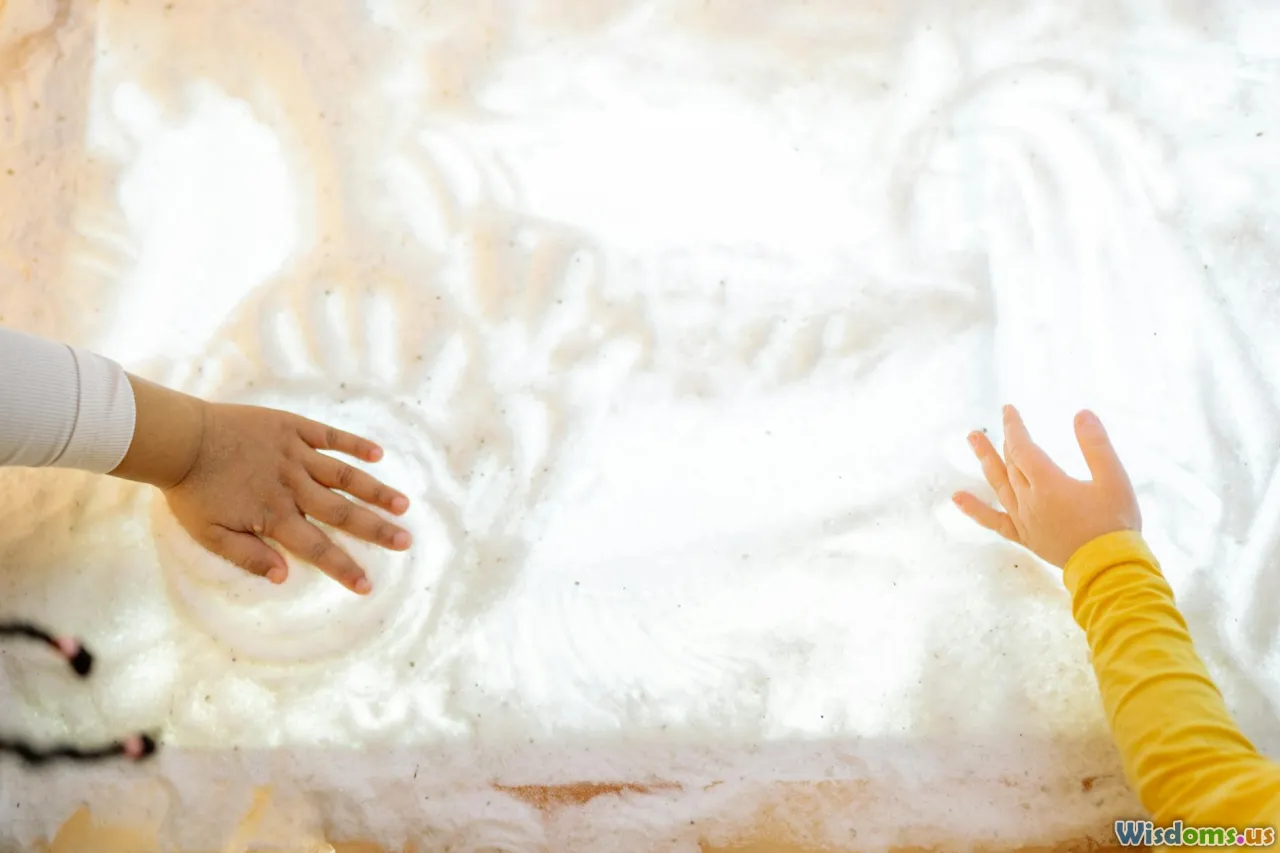
One of the most inspiring trends among modern museums is their dedication to multi-sensory engagement—making content available through touch, sound, and even scent for those who learn or sense differently.
Leading Approaches
- Tactile displays replicate famous artwork, such as textured models of Van Gogh’s paintings at the Van Gogh Museum in Amsterdam, allowing visually impaired visitors to “see” with their hands.
- At the Vatican Museums, tactile tours combine audio descriptions with molded replicas of sculptures, enabling comprehensive exploration.
- Science museums like the Exploratorium in San Francisco employ interactive workshops and living displays specifically designed for neurodiverse audiences, inviting everyone to engage at their own pace through experimentation and play.
Key Insight: A successful multi-sensory exhibit not only accommodates individual needs—it enriches the museum experience for all visitors.
Digital Accessibility: Beyond Physical Barriers
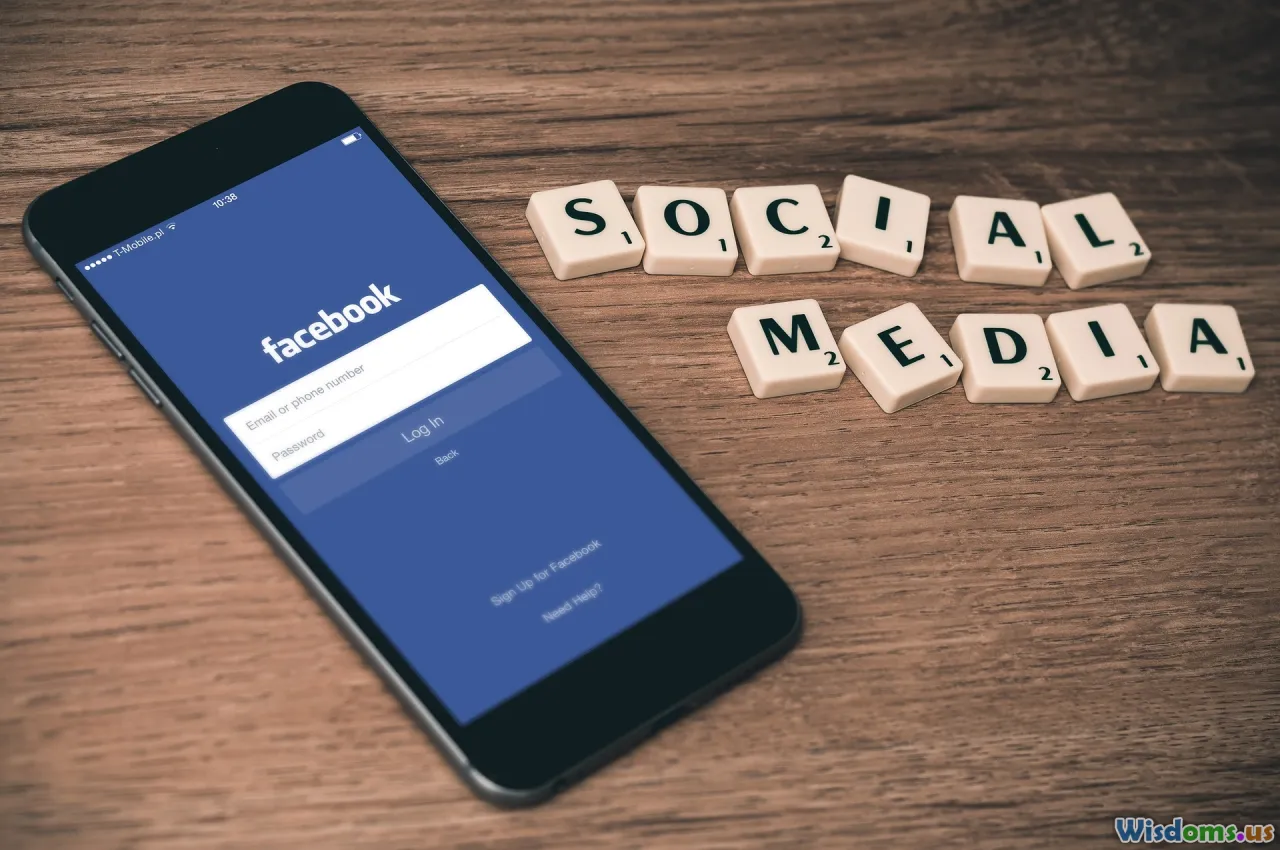
As society shifts toward hybrid and virtual experiences, museums extend their commitment to accessibility through digital platforms. Ensuring that online offerings are as inclusive as in-person visits is now a top priority.
Practical Initiatives
- Most leading museums, from the Louvre to the Tate Modern, offer websites compatible with screen readers and high-contrast text options for users with low vision.
- The Art Institute of Chicago’s mobile app delivers detailed audio tours, navigation guidance, and captions for video content, benefiting visitors with sensory or cognitive impairments.
- Virtual exhibit tours, with sign language interpretation or audio description, have become a standard service, especially after the Covid-19 pandemic exposed digital divides.
Actionable Advice for Designers
- Design for keyboard navigation. Many visitors access content without a traditional mouse.
- Provide alternative text for all images and media.
- Maintain readable color contrasts, font sizes, and layout flexibility.
These digital best practices, pioneered by museums out of ethical commitment and necessity, now serve as universal blueprints for inclusive online design—vital for businesses, governments, and educators alike.
Rethinking Navigation and Wayfinding
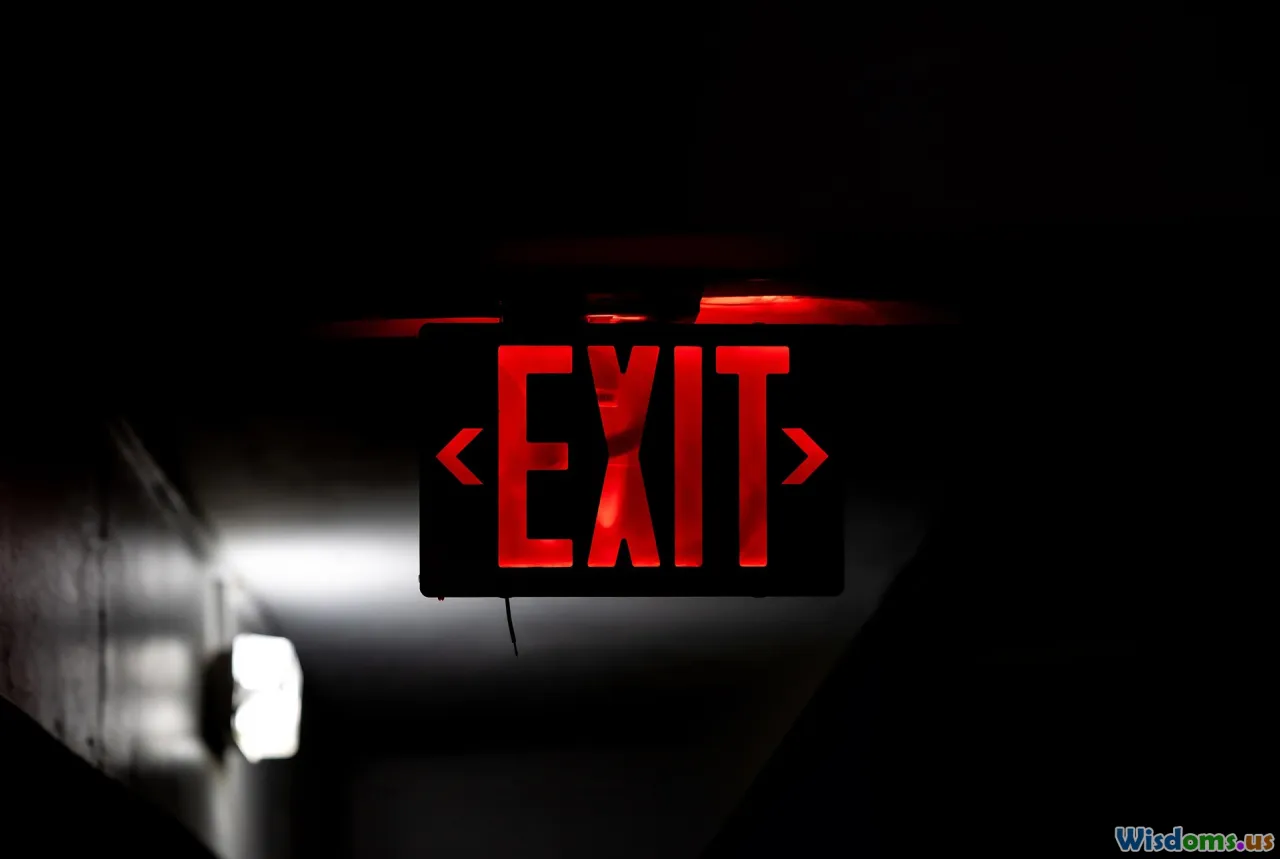
Getting lost in a museum labyrinth can frustrate anyone, but for people with visual or cognitive disabilities, conventional signage or complex layouts can be even more daunting. Modern museums have invested heavily in accessible wayfinding systems.
Smart Solutions
- Tactile floor maps at major institutions, such as the British Museum, empower blind or partially-sighted visitors to efficiently plot routes through the building.
- Large-print guides and high-contrast wayfinding signs benefit elderly visitors as well as those with dyslexia or low vision.
- Museums like the Chattanooga Children’s Discovery Museum utilize color-coded zones and playful iconography to aid navigation for children, neurodiverse guests, and non-native speakers alike.
Takeaway: Thoughtful wayfinding is accessible wayfinding. By layering symbols, texture, and audible cues, museums have redefined what welcoming navigation looks like—easily adaptable to any public venue or park.
The Role of Staff: Training and Awareness
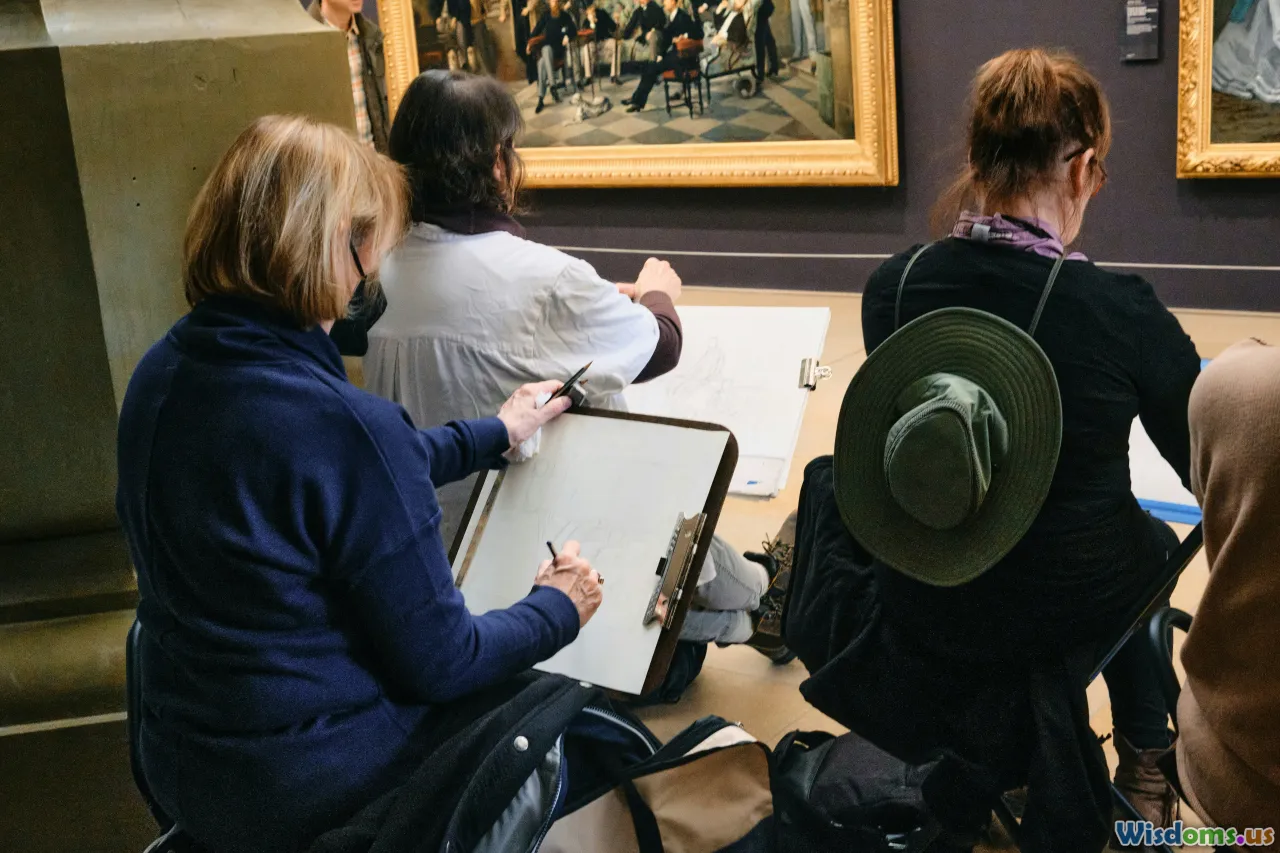
Physical innovations are only part of the journey towards accessible museums—well-trained staff are equally vital. Modern institutions invest in disability awareness training to ensure every visitor receives knowledgeable, respectful support.
Leading Practices
- Onsite guides receive training on disability etiquette, effective communication, and use of assistive technologies like induction loop systems for hearing aid users.
- The Australian Museum schedules Sensory-Friendly Sessions, where staff offer additional guidance, dim ambient lighting, and limit noise for visitors with sensory processing differences.
- Museums actively recruit staff members with disabilities to draw on lived experience, as seen at Toronto’s Royal Ontario Museum.
Expert Tip: Ongoing training—not just one-off workshops—equips teams to confidently assist in dynamic, sometimes stressful environments.
Inclusive Programming and Event Design
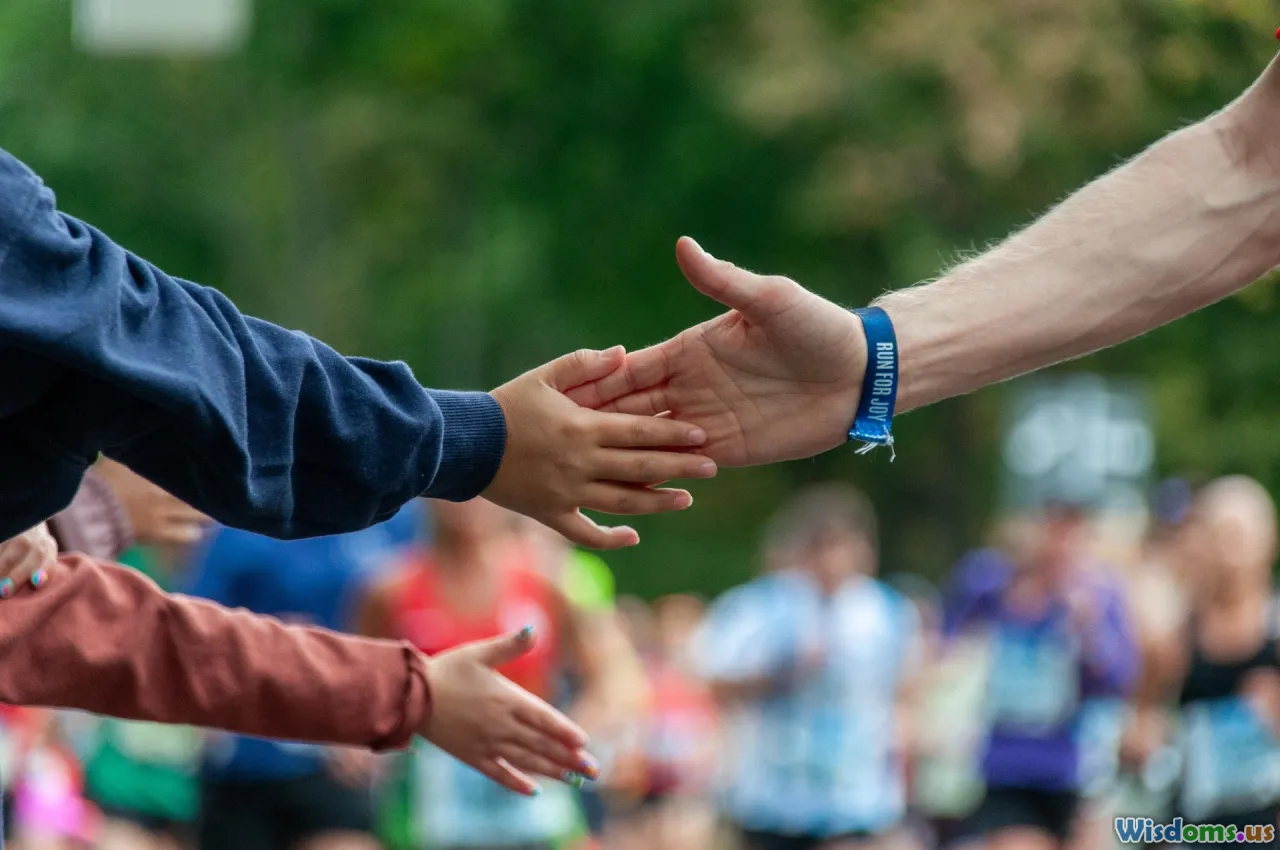
Beyond permanent exhibits, programming sets the tone for true inclusion. Modern museums curate events that specifically address varied needs, foster community partnership, and champion adaptive creativity.
Noteworthy Programs
- The Museum of Fine Arts, Boston hosts “Open Door” mornings: lower-light and low-noise hours with specially guided tours for visitors with autism spectrum conditions.
- Art Beyond Sight’s International Awareness Month encourages museums around the globe to develop events centering blind and visually-impaired audiences.
- Many institutions offer BYOD (bring your own device) workshops, allowing disabled visitors to use their personal communication tools while engaging in group learning.
How-to for Event Planners:
- Involve community stakeholders at the planning stage, inviting feedback and co-design.
- Provide pre-event resources (access maps, sensory guides, schedules) to reduce anxiety and prepare guests.
- Build in sensory break stations or “quiet rooms.”
Inclusion becomes real not via a checklist, but by cultivating a culture of welcome at every touchpoint.
Accessible Communication: Plain Language and Visual Aids

The language and interpretive materials in museums are transforming as institutions seek to reach broader, multi-lingual, and neurodiverse audiences. This commitment encompasses everything from plain language labels to visual storytelling.
Approaches in Practice
- The Science Museum, London adopts plain English in all its printed material, in addition to translating guides into Braille and popular world languages.
- Universal pictograms illustrate exhibit do’s and don’ts—helpful for people with learning disabilities as well as international visitors.
- Digital touchscreens often include both visual/audio prompts and adjustable text size settings.
Tip: Any organization can enhance accessibility by committing to clarity and multimodal communication, minimizing jargon and presenting information in diverse, redundant formats.
Structural Adaptations: Heritage and Innovation
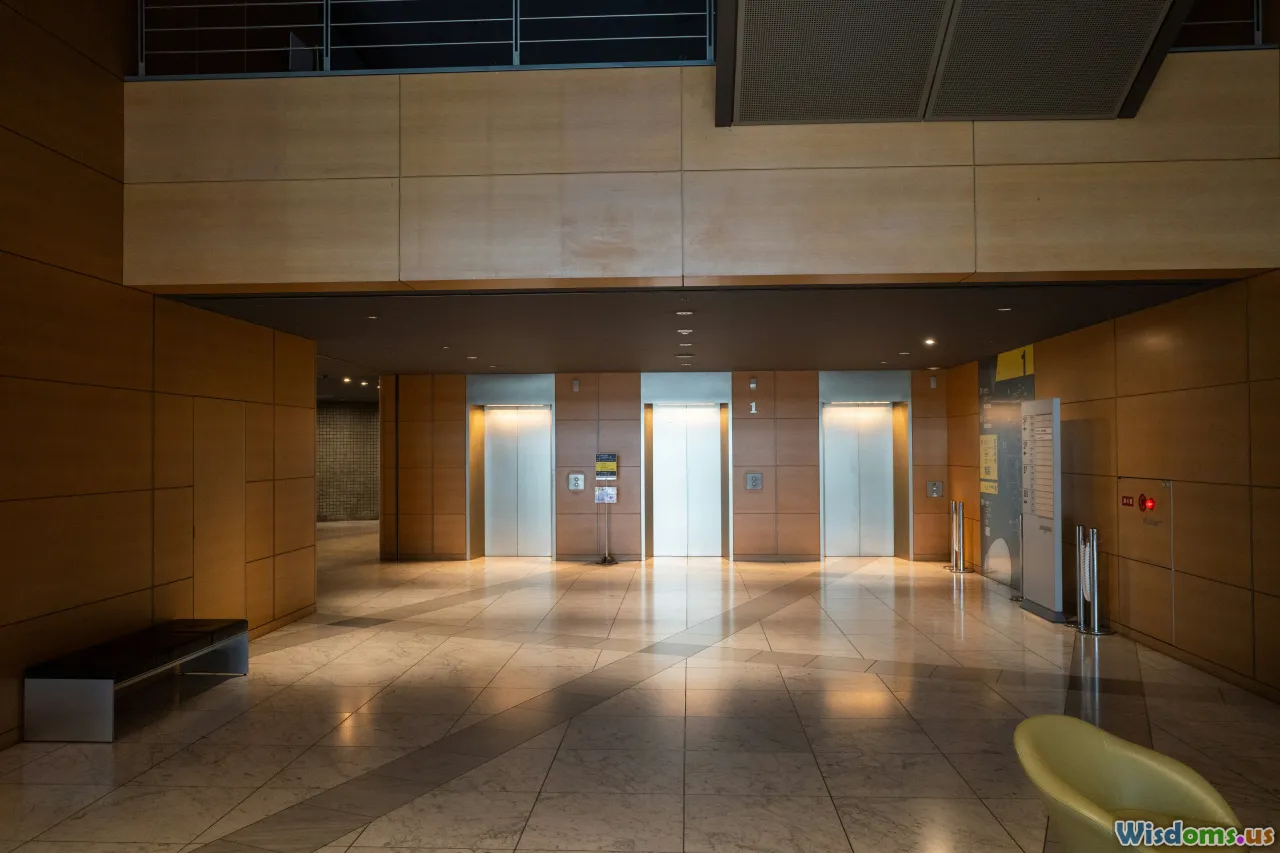
Adapting historic museum buildings comes with unique accessibility challenges: how to update centuries-old architecture without compromising heritage value? Today’s museums demonstrate ingenuity in integrating modern solutions.
Solutions in Action
- The Louvre Museum’s pyramid entrance, designed by I.M. Pei, not only became an architectural icon but also enabled expansive, step-free entry and transparent movement across levels.
- The Victoria and Albert Museum in London retrofitted galleries with sensitively placed lifts, ramps, and improved restroom access, using materials that honor original design.
- Global initiatives like the Eureka! Museum in Halifax, UK showcase award-winning accessible landscaping, blending architectural conservation with inclusive innovation.
Heritage spaces inspire all sectors: thoughtful adaptation can honor the past while building for an open, shared future.
Collaborative Design: Co-Creation With Users
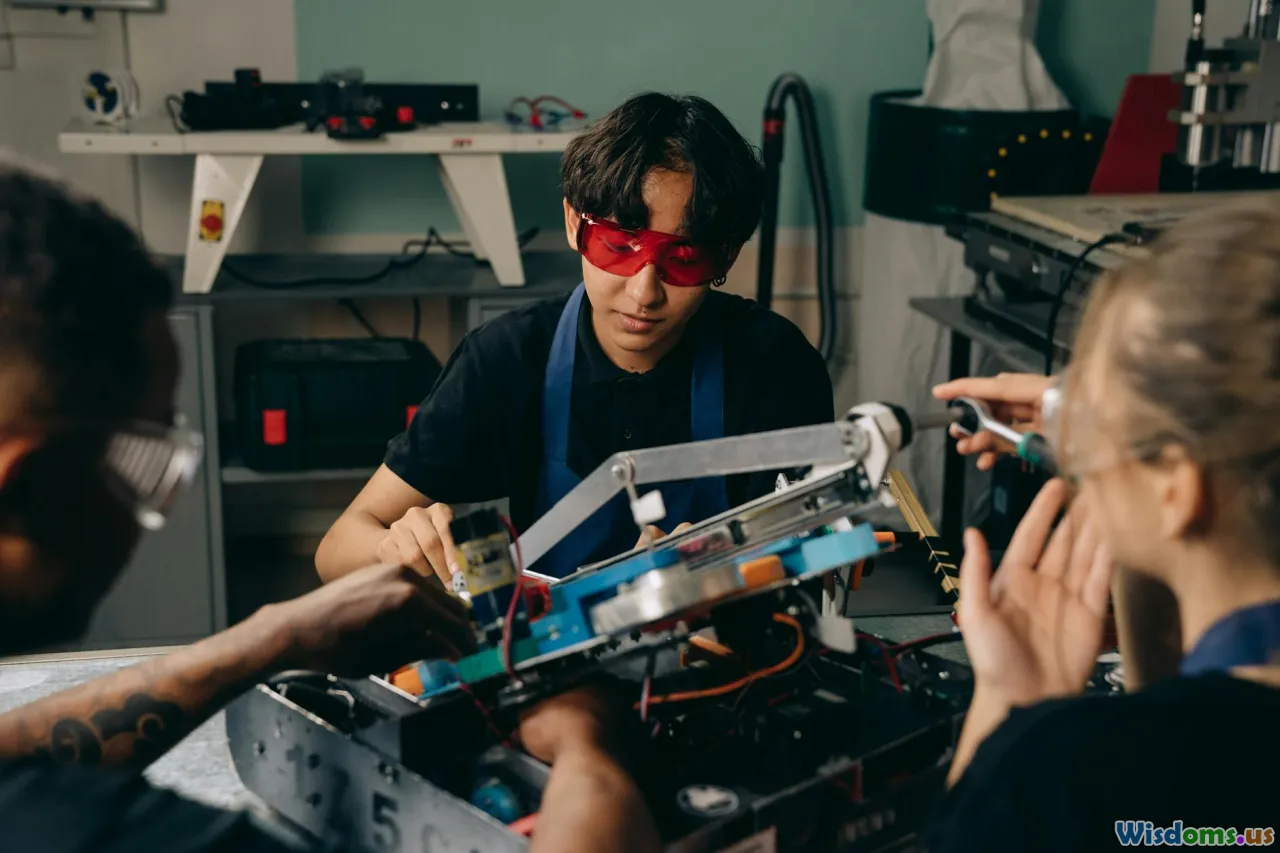
The most effective accessibility strategies do not happen in isolation. Leading museums are now co-designing spaces and programs alongside users with disabilities, ensuring real needs—and not mere assumptions—inform design decisions.
Real-World Co-Creation
- The Museum of Liverpool conducted focus groups with local disability rights advocates, leading to award-winning inclusive galleries.
- Museums embrace “mystery shopper” programs, inviting disabled patrons to assess and give feedback on exhibits, navigation, and communication.
- Collaborations with organizations such as the National Federation of the Blind (US) or Sense (UK) ensure practical day-to-day access issues are addressed in long-term planning.
Advice: Ask, involve, listen, iterate. Co-creation not only prevents costly missteps but also empowers all stakeholders with a sense of ownership and belonging.
Measuring Impact: Accessibility as a Living Practice

How do museums know if their accessibility efforts succeed? Leaders in the field increasingly adopt data-driven evaluation and responsive change—treating accessibility as a continual process, not a one-time fix.
Tools and Insights
- Routine visitor surveys solicit direct feedback on physical comfort, comprehension, and emotional experience, identifying areas for improvement.
- Periodic accessibility audits—internally and by outside assessors—hold museums accountable and inform public reporting.
- Metrics such as increased attendance during inclusive programming or growing multicultural engagement reflect the powerful ripple effects of thoughtful design.
In museums, as in business and public life, success means regularly inviting critique, measuring impact, and innovating for an ever-wider circle of participation.
The great promise of accessibility design, as demonstrated by modern museums, is plain: environments and experiences crafted with everyone in mind uplift us all. By turning barriers into bridges—through architectural innovation, empathetic communication, digital creativity, and collaborative design—museums teach us to imagine and build a world where culture, creativity, and belonging are truly universal.
Rate the Post
User Reviews
Other posts in Public Architecture
Popular Posts













